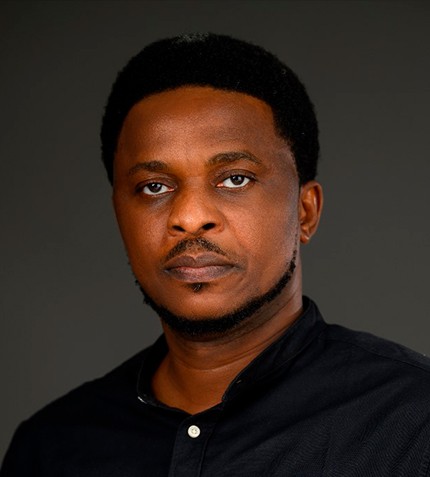
“Blockchain technology works very similarly to the SWIFT banking system, and it is a very safe platform. The technology is currently used to ensure that the product has no associations with conflict diamonds. It tracks the diamond from ground to finger.”
RELATED PUBLICATION
ARTICLES FROM THIS PUBLICATION
Naseem Lahri
MANAGING DIRECTOR, LUCARA BOTSWANA
Can you briefly introduce Lucara’s presence in Botswana and the core principles by which you operate?
We are currently the only private diamond mine in Botswana, and we have very cost effective operations, while safety and sustainability are also key components to our business. We are a Canadian-listed company and therefore must abide by a significant number of rules and regulations. We aim to operate as ethically as possible and we are also part of the RJC (Responsible Jewelry Council).
What recent milestones have been achieved at Lucara’s flagship asset, the Karowe mine?
Initially, Lucara started its operations with a small plant, which was then upgraded in 2014. We added XRT machines into our Karowe mine, and we call this the phase two project. Not long after the installation of the new equipment, we discovered the Lesedi La Rona, which is the world’s second-largest diamond ever found. With this discovery, our investment was paid off, with respect to the upgrade of the plant. The Karowe mine has type IIA stones, which is very uncommon worldwide. We mine a very unique product and the type IIA stone is the purest form of diamond. Only 2% of the population of diamonds is type IIA.
Can you elaborate on how Lucara has made use of new technology to optimize its diamond recovery processes?
We were the first company to use XRT machines for large stone recoveries. In conventional diamond mines, there is a significant amount of crushing and the recovery of large stones is minimal. Lucara has an autogenous mill, which is the first of its kind in Africa for diamond mining. The mill breaks rock on rock, and there is thus very little breakage to the stone, as opposed to the generic crushing that occurs during the mining process. We also use X-ray machines to pick up diamonds, and this technology pings a diamond based on its luminescence. Key to our process is that our XRT machines can identify atomic content. Our recovery process is quite rigorous, and our circuit is constantly running. The technologies we utilize allow for minimal damage and maximum recovery.
What has been your experience operating in Botswana?
Lucara is very fortunate to be operating in Botswana, which is economically and politically stable. We partner with the government departments and as we operate according to ethical standards, the government is happy to offer us investment opportunities. Botswana is the only country in Africa that guarantees tenure of license. We aim to generate income for the country and we focus on local development and creating local job opportunities. Our spend is approximately 80% Pula-based, compared to our 20% international spend, and we have a focus on keeping income local.
How will Lucara strategize around the depletion of Botswana’s diamond reserves?
Every resource has a life of mine and depletes, and the economics around the resource determine the life of mine. Before turning to underground mining to find more deposits, we have to consider if the project is feasible — is it cost effective and is it going to generate profits for our shareholders? We need to determine the feasibility of the project before the company can go ahead.
However, the political and economic stability, as well as the ease of doing business in Botswana continues to make it an attractive jurisdiction. Lucara is looking for other diamond assets within Botswana and we aim for local expansion.
How do you see blockchain technology transforming the diamond industry?
Blockchain is a very secure channel and it can show provenience by monitoring where the diamonds have been extracted and to where they are going. This technology works very similarly to the SWIFT banking system, and it is a very safe platform which cannot be tapped into. The technology is currently used in the diamond industry to show security of supply chain and to ensure that the product has no associations with conflict diamonds. It tracks the diamond from ground to finger.
Will synthetic diamonds pose a threat to the diamond industry in the future?
It all depends on who is buying. There are people who will want a synthetic diamond, but there are others that will go through the trouble to save up to buy the real deal. However, I believe that in regards to the engagement ring market, the consumer is always going to want a real diamond.












